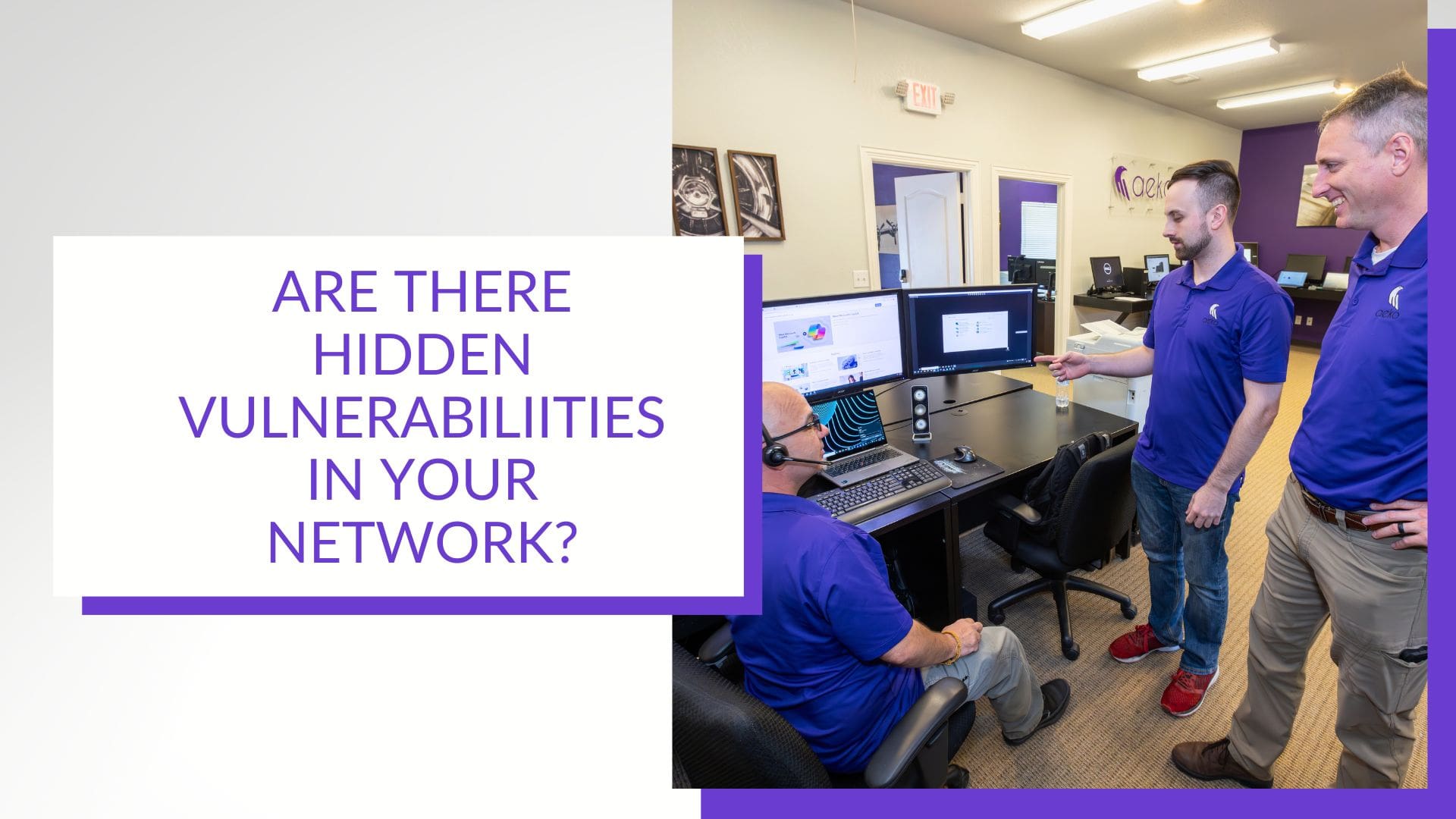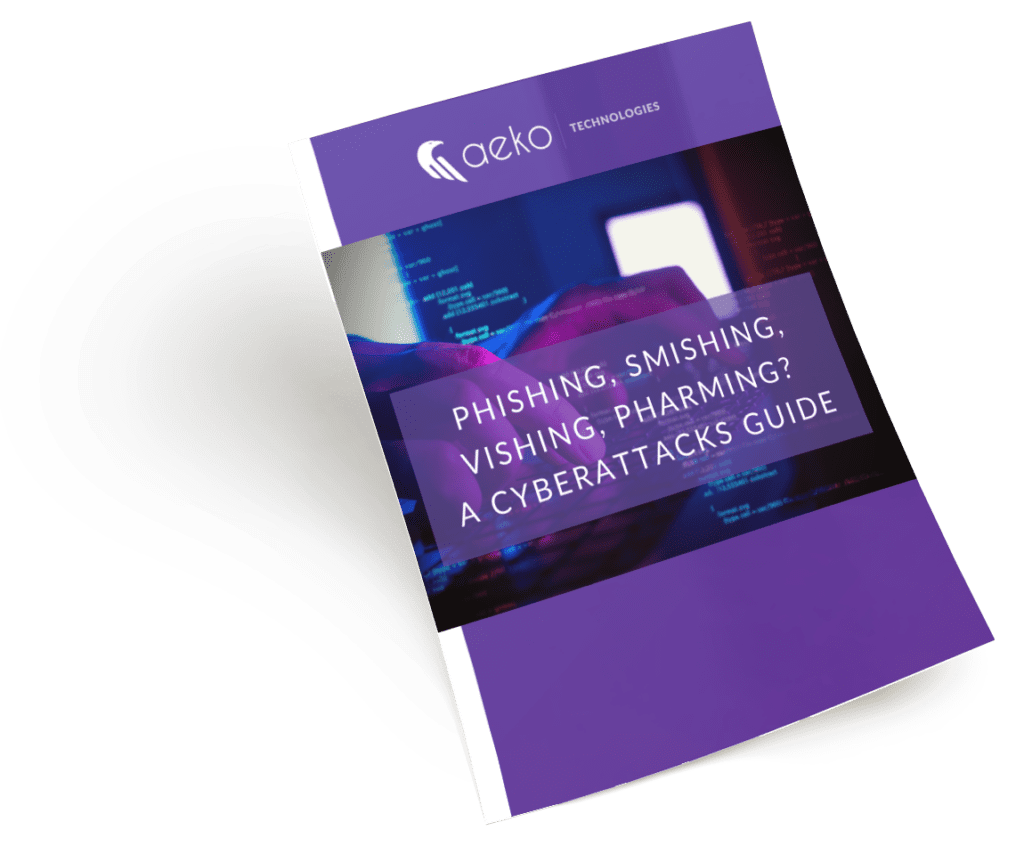
Cybersecurity Awareness Month: The Case for Continuous Cybersecurity Monitoring
As you leave your house to go on vacation, you lock your door, right? While you feel confident that your door is locked, you aren’t there to check it daily. Is the lock tamperproof? What if someone finds the key you’ve conveniently hidden under the mat? It can be a disaster waiting to happen. This hypothetical scenario is a good analogy for the risk of not using continuous cybersecurity monitoring. Cyber threats are continually becoming more advanced and your traditional security measures aren’t enough to keep your business safe. Continuous cybersecurity monitoring acts as a digital security guard. It’s constantly checking to see if there are any weaknesses. When it finds one, it sounds the alarm so you can fix it before a criminal exploits it.
Why Continuous Monitoring Matters
It’s no longer optional to watch your network, it’s essential nowadays. Here’s why continuous cybersecurity monitoring is a must for all businesses, regardless of size.
Breaches Happen Fast
Cyberattacks are quick; they can happen in a matter of seconds. Cybercriminals will exploit vulnerabilities in your network before you even know they exist. When you continually monitor your network, you’ll have real-time insights. This allows you to identify and respond to threats swiftly, minimizing potential damage.
Advanced Threats Need Advanced Defenses
To keep up with the evolving technology of cybersecurity, hackers are constantly developing new sophisticated techniques. Some can bypass your traditional perimeter defenses but continuous cybersecurity monitoring delves deeper. It analyzes user behavior, system logs and network traffic while uncovering hidden threats lurking within your network.
Compliance Requirements Often Mandate It
If you are in a regulated industry or under data privacy laws, you’ll likely be required to have continuous cybersecurity monitoring. If you fail to comply, it can result in hefty fines and reputational damage.
You Get Peace of Mind and Reduce Costs
What Does Continuous Monitoring Look Like?
Continuous security monitoring is a holistic approach that combines different elements. These include:
- Log management: Logs from firewalls, devices and applications are collected and analyzed for suspicious activity.
- Security information and event management (SIEM): SIEM systems collect security data by tapping into various sources. They also give a centralized view of your security posture and identify any threats.
- Vulnerability scanning: Patch weaknesses before cybercriminals exploit them with regular scans. These scans identify weaknesses in your applications and systems.
- User activity monitoring: Suspicious activity can be identified easily by monitoring user behavior. For example, unauthorized access attempts or data exfiltration.
- Network traffic analysis: Monitoring network traffic can reveal several risks:
- Malware
- Suspicious communication patterns
Benefits Beyond Threat Detection
Continuous cybersecurity monitoring offers advantages beyond just identifying threats:
Improved Threat Detection Accuracy
False positives are reduced by continuous monitoring by analyzing vast amounts of data. This frees up your security team to focus on actual threats.
Faster Incident Response
Get alerted in real-time, enabling quicker responses to security incidents. The quicker the response, the less potential damage that can occur
Enhanced Security Posture
Continuous cybersecurity monitoring also helps you rank patching and remediation efforts to proactively strengthen your security posture.
Compliance Reporting
It also saves you time and resources during compliance audits as monitoring systems help you generate reports. The reports will help you prove compliance with any relevant regulations.
Getting Started with Continuous Monitoring
Implementing continuous cybersecurity monitoring can be overwhelming, but when you take these steps, it won’t seem as daunting:
Assess Your Needs
When we start this process for our clients, we start by identifying the needs of their organization. Whether it’s specific security needs or compliance requirements. We then do a cybersecurity assessment to identify any vulnerabilities that need to be addressed.
Choose the Right Tools
Next, we suggest monitoring tools that align with your needs and budget. As a managed security service provider, we can give you a comprehensive solution. We’ll ensure you have a holistic cybersecurity strategy that fits your needs and budget.
Develop a Monitoring Plan
After you have the solutions in place, define what your monitoring plan will be to ensure things don’t get missed. You’ll want to include:
- How you will track data.
- How you will handle alerts.
- Who handles responding to incidents.
Invest in Training
Training your security team on how to use the monitoring tools and how to effectively respond to alerts is vital. The training should include reporting on the monitoring systems. Ensure your team knows how to understand the insights they offer.
Continuous Monitoring: Your Cybersecurity Lifeline
With cyber attacks on the rise, continuous security monitoring is no longer optional. It’s a necessity. Proactively monitoring your data and systems has many benefits like identifying threats early and responding swiftly.
A cyber attack or data breach shouldn’t be your wake-up call. It’s vital to proactively add continuous cybersecurity monitoring to your security posture. An ounce of prevention is worth a pound of cure, especially in the digital world.
Need Help With Your Cybersecurity Strategy?
Monitoring is a vital piece of your cybersecurity puzzle. As cybersecurity experts, we are here to ensure every piece works together to keep your business safe. Book a meeting with us to get started.
Are you aware of the most common cyberattack methods?
Did you know there are over 3.4 billion phishing emails sent every day? Phishing and other cybercriminal behavior are a lot more common than you’d think.
Our free “Phishing, Smishing, Vishing, Pharming? A Cyberattacks Guide” will inform you about cyberattack methods and give you the latest in data security tips.

